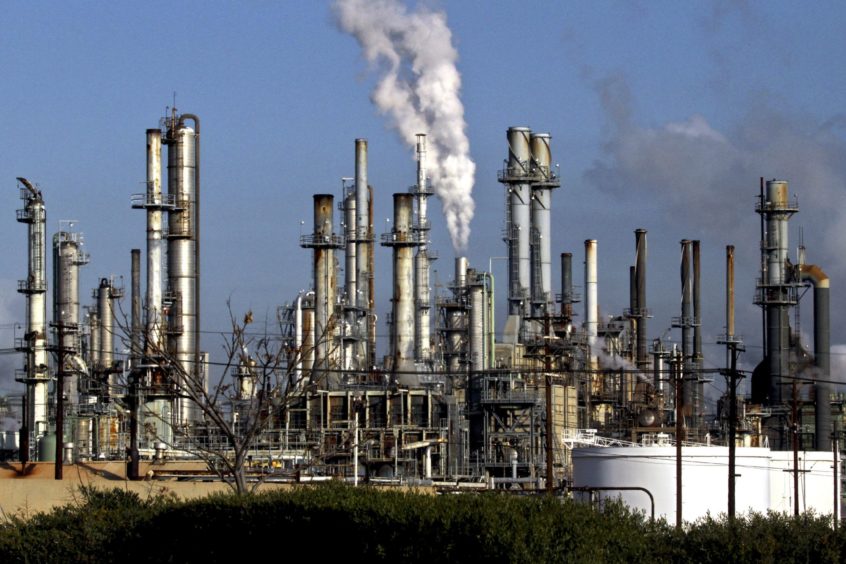
As companies across virtually all sectors try to latch on to the sustainability bandwagon, some investors are sounding the alarm.
Lauri Vaittinen is the chief executive of the newly created $29 billion asset management arm of Mandatum.
He says everything the unit invests in will be vetted for its credentials in environmental, social and governance metrics.
He also says he’s not interested in buying products marketed as ESG if they’re sold by corporations that aren’t clean across their balance sheets, and singled out the fossil-fuel industry as a prime example.
“Companies that produce oil in one part and renewables in another — it creates problematic situations,” Vaittinen said in an interview. “They get cheaper financing in renewables, and by investing in it you may end up financing the other part, for longer.”
The complaint touches on one of the key concerns around the growing ESG universe, as both investors and issuers contribute to a feeding frenzy that’s left room for less-than-clean assets to be marketed as sustainable. New European transparency requirements that took effect last week are part of an effort to help address so-called greenwashing, but investors still face plenty of fog as they try to decide where to put their money.
Vaittinen declined to single out specific energy companies, but said the issue “concerns many large conglomerates.”
With the rise in so-called transition bonds, which make it possible for companies whose main business isn’t green to issue a form of sustainable debt, Vaittinen says he and his team “prefer the old style use-of-proceeds approach in green bonds.”
But even issuers selling pure green bonds present “a lot of problems” for investors, in that they can “separate green assets from traditional assets and get cheaper financing for those, even though they may be still holding on to their old brown assets,” he said.
The challenge for ESG investors then becomes finding a correctly priced green asset, given it may ultimately become part of a financing structure within a company whose overall business model isn’t sustainable, according to Vaittinen.
Spreads become “artificially too low” due to “extreme” imbalances in supply and demand, and ultimately, there’s less upside for investors to spend time searching for green issuers, he said. Instead, Vaitinnen says Mandatum will turn to defensive sectors.
ESG Returns
Meanwhile, other investors say the best value lies in transition products, especially those being issued in emerging markets where sustainability is still something of an afterthought.
Mika Leskinen, chief investment officer at FIM Asset Management, said in a recent interview he thinks it’s easier to make a difference in emerging markets compared to Europe, where most issuers have a “more or less good” ESG score. The key, he says, is to find a “problematic sector where a company stands out positively.”
Transition products are set to account for a sizeable chunk of all ESG issuance this year, according to SEB AB. The Swedish bank estimated in December that global issuance of debt that meets sustainability criteria will hit at least $1 trillion in 2021, with green bonds making up around $500 billion of the total.
Vaittinen says Mandatum, whose fixed-income unit will oversee about $18 billion, is unlikely to be tempted away from green bonds that adopt the use-of-proceeds approach.
“If all investors would carry out much more of the overall portfolio assessment, then companies wouldn’t have to separate green assets from others,” he said. “Because then all the green efforts of the company should lower the cost of financing.”
Mandatum Asset Management, whose creation was announced last month, is set to be fully operational in the second half of this year, Vaittinen said. Its portfolio will consist of Mandatum Life’s assets and the investments of its parent Sampo Oyj. Some assets of If, the property and casualty insurer, will also be handled by the new unit.
Sampo Creates $29 Billion Asset Management Unit Within Mandatum
Vaittinen says his preferred bet is to turn to defensive sectors.
“We have a lot of business services and health-care companies in our portfolio, compared to for example, exposure in the basic materials sector,” he said.
Recommended for you
